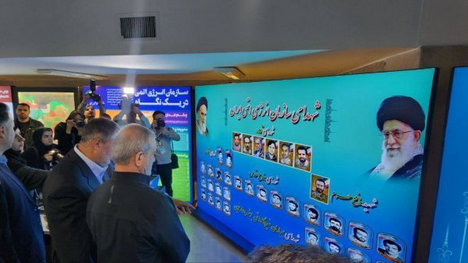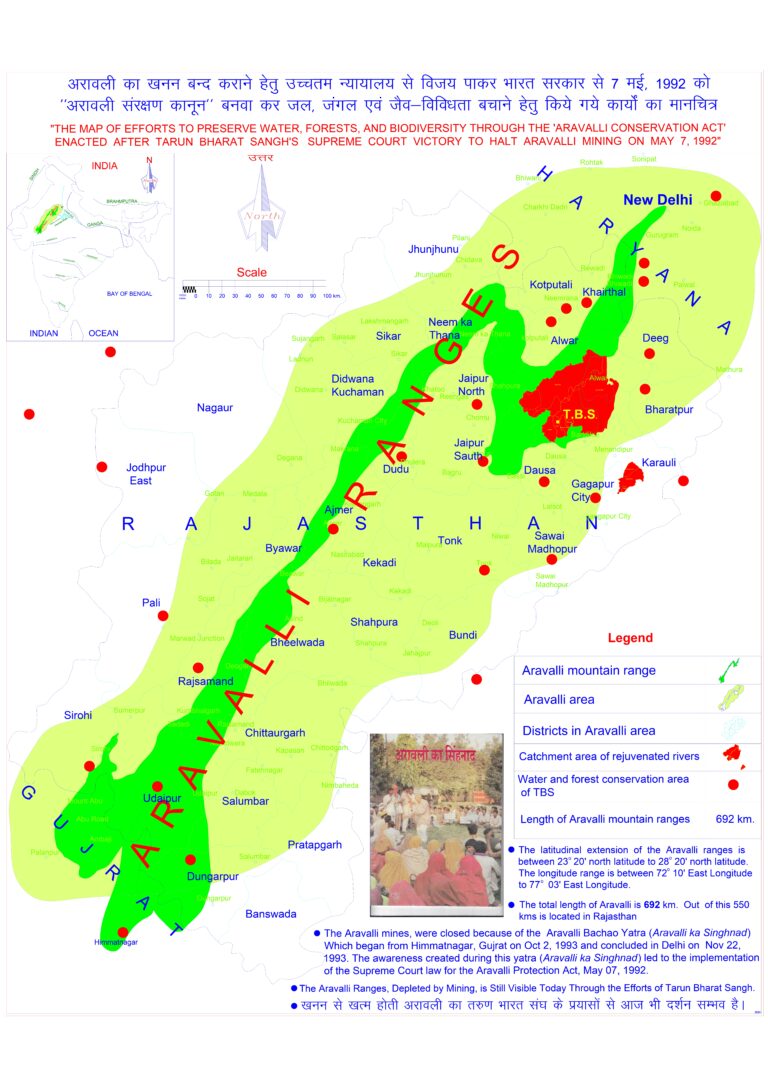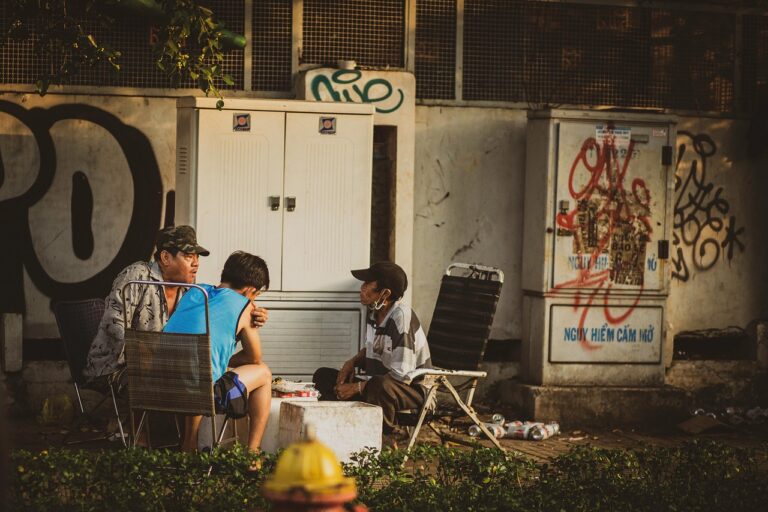
Iranian President Masoud Pezeshkian at site of the Atomic Energy Organization of Iran (AEOI)
Tehran/Washington: As the Donald Trump administration today again targeted Iran’s nuclear support with sanctions, Tehran proceeded to show nuclear gains amid the US pressure move.
The United States imposed sanctions on five entities and one individual in Iran today, targeting those supporting the Atomic Energy Organization of Iran and its subordinate Iran Centrifuge Technology Company, both central to Iran’s nuclear programme. The Department of the Treasury enacted these measures under Executive Order 13382, which addresses proliferators of weapons of mass destruction and their supporters, as part of President Donald Trump’s maximum pressure campaign on Iran. On the same day, Iran’s President Masoud Pezeshkian unveiled six nuclear technology advancements during a National Nuclear Technology Day ceremony in Tehran, revealing progress as the United States intensified efforts to curb Iran’s nuclear activities and its backing of the Houthi Foreign Terrorist Organization.
The Treasury’s sanctions focus on persons procuring or manufacturing critical technologies for the Iran Centrifuge Technology Company and Atomic Energy Organization of Iran, aiming to disrupt Iran’s uranium enrichment activities, which the United States labels proliferation-sensitive. This follows a State Department briefing on April 8, 2025, where Spokesperson Tammy Bruce reported President Trump’s meeting with Israeli Prime Minister Benjamin Netanyahu in Washington. Bruce said the leaders discussed Gaza and Iran, with Trump stating, “Iran can never obtain a nuclear weapon.” She quoted Trump saying, “Doing a deal would be preferable to doing the obvious,” and confirmed Special Envoy Steve Witkoff’s involvement in talks, though she declined to address Iran’s claim of indirect negotiations, referring to Trump’s remarks instead.
In Tehran, Pezeshkian marked the day by unveiling six achievements of the Atomic Energy Organization of Iran. These included Gallium Fibroblast Activation Protein Inhibitor, a radiopharmaceutical designed for detecting over 30 types of cancer, Lutetium Fibroblast Activation Protein Inhibitor for treating advanced cancers, and a skin cream containing Rhenium-188 for treating common skin cancers. Industrially, Iran operationalized the cobalt-57 Flood Source, a tool for well-logging previously dominated by a few nations, alongside Deuterated Methanol-D4 for use in petrochemicals, pharmaceuticals, and Nuclear Magnetic Resonance imaging, and Diethylhexyl Phosphoric Acid for extracting uranium, nickel, and cobalt. He toured a one-hour exhibition at the Atomic Energy Organization of Iran with Vice-President Mohammad Eslami and senior officials, praising Iranian researchers. The exhibition’s three sections covered the fuel cycle—including airborne geophysics, uranium mining, yellow cake production, uranium processing, and enrichment—nuclear power projects like the second and third units of the Bushehr Nuclear Facility and the Karoun Nuclear Power Plant, and applications such as heavy water, radiopharmaceuticals, and plasma technology.
These developments intertwine with the United States’ concerns over Iran’s nuclear and regional roles. The United States views Iran’s nuclear technology advancements, such as uranium extraction and enrichment, as steps that could lead to weapons proliferation, while its support for the Houthis threatens regional stability, according to the Treasury’s sanctions statement and the State Department’s April 9, 2025, press release. The sanctions came after the State Department designated Ansarallah, known as the Houthis, as a Foreign Terrorist Organization on March 5, 2025, a decision Bruce tied to Executive Order 14175 in her April 9 statement. She warned that supporting the Houthis—such as offloading ships or provisioning oil at their ports—risks violating United States law, citing threats to American personnel, regional partners, and global maritime trade. Iran’s unveiling of Diethylhexyl Phosphoric Acid and enrichment processes aligns with the United States’ worries raised in the 8 April briefing, where Trump and Netanyahu addressed Iran’s nuclear threat alongside Gaza’s hostage situation.
The April 8 meeting underscored United States support for Israel, with Bruce noting two principles: standing with Israel and pursuing peace. On April 8, Trump expressed openness to a deal with Iran, while on April 9, the United States imposed sanctions on Iran’s nuclear supporters. Iran’s showcase—including upgrades to the Bushehr Nuclear Facility and healthcare tools—highlights its nuclear persistence, with Pezeshkian’s tour showing operational gains. The Houthi designation connects Iran’s proxy support to this dynamic, as Bruce’s April 9 warning extends United States measures beyond nuclear issues to regional influence.
Iran’s exhibition detailed power plant localisation and technologies like quantum applications and medical lasers, showcasing broad capabilities. The United States views the Iran Centrifuge Technology Company and Atomic Energy Organization of Iran as risks, a concern echoed in the April 8 briefing where Bruce avoided specifics on talks, focusing on Trump’s position. The Houthis, flagged weeks earlier, link Iran’s nuclear and proxy activities in United States policy, with Executive Order 14175 reinforcing the 8 April discussions by framing Iran as a multi-front challenge. Iran’s uranium-related advancements and the sanctions’ timing reflect opposing moves, with the United States tightening restrictions as Tehran displays progress.
Today’s events highlight this clash. Iran’s fuel cycle and power projects, paired with civilian tools like Gallium Fibroblast Activation Protein Inhibitor, respond to United States pressure with tangible steps, while the sanctions and Houthi stance aim to constrain Iran’s nuclear and regional reach. Netanyahu’s talks with Trump, addressing Gaza and Iran, tie to the sanctions’ focus, with both nations eyeing Iran’s next steps amid Trump’s diplomatic overture.
– global bihari bureau





